Market Trends
Key Emerging Trends in the Satellite Communication Market
The satellite communication market is witnessing dynamic trends and developments driven by advancements in satellite technology, increasing demand for connectivity, and the emergence of new applications and services. One prominent trend in this market is the growing demand for satellite broadband services, particularly in remote and underserved areas where traditional terrestrial infrastructure is limited or unavailable. Satellite broadband offers high-speed internet access to residential, commercial, and government users, enabling them to access online services, stream media, and participate in e-commerce and digital education. With the increasing reliance on digital connectivity for work, education, and entertainment, satellite broadband is becoming an essential enabler of digital inclusion and economic development worldwide.
Moreover, technological advancements in satellite design, propulsion systems, and payload capabilities are driving innovation and expanding the capabilities of satellite communication systems. Next-generation high-throughput satellites (HTS), equipped with advanced digital processing, spot beam technology, and frequency reuse, offer higher data throughput, improved coverage, and greater flexibility in meeting diverse user needs. Additionally, the deployment of constellations of small satellites in low Earth orbit (LEO) and medium Earth orbit (MEO) is enabling global coverage and reducing latency, making satellite communication systems more competitive with terrestrial alternatives such as fiber-optic networks and 5G wireless technology.
Furthermore, the satellite communication market is witnessing increased demand for satellite-based IoT (Internet of Things) services, driven by the proliferation of connected devices and the need for ubiquitous connectivity across various industries. Satellite IoT solutions offer reliable and resilient connectivity for remote monitoring, asset tracking, environmental sensing, and smart infrastructure applications in sectors such as agriculture, transportation, energy, and logistics. With the deployment of dedicated satellite IoT networks and integration with terrestrial IoT platforms, satellite communication providers are tapping into new market opportunities and expanding their service offerings to address the growing demand for IoT connectivity in both terrestrial and maritime environments.
Additionally, the satellite communication market is experiencing growing interest and investment in satellite-based Earth observation and remote sensing services. Satellite imagery and data analytics play a crucial role in monitoring environmental changes, supporting disaster response and management, and enabling precision agriculture, urban planning, and natural resource management. With the launch of high-resolution imaging satellites, hyperspectral sensors, and synthetic aperture radar (SAR) satellites, satellite operators are offering advanced Earth observation services with enhanced spatial resolution, temporal coverage, and data analytics capabilities, catering to diverse applications and user requirements.
Moreover, the satellite communication market is influenced by geopolitical dynamics, regulatory frameworks, and industry consolidation. Governments and defense agencies are investing in satellite communication infrastructure for national security, military communications, and surveillance applications, driving demand for secure and resilient satellite networks. Additionally, regulatory initiatives such as spectrum allocation, licensing requirements, and market liberalization impact the competitiveness and market entry barriers for satellite communication operators. Furthermore, industry consolidation and strategic partnerships among satellite operators, satellite manufacturers, and service providers are reshaping the competitive landscape and driving economies of scale and innovation in the satellite communication market.
However, despite the opportunities and advancements in the satellite communication market, several challenges remain, including space debris mitigation, spectrum congestion, and cybersecurity risks. As satellite constellations and mega-constellations continue to expand, concerns about orbital debris and collision risks are growing, necessitating coordinated efforts among satellite operators, regulators, and space agencies to ensure responsible space operations and sustainable use of space resources. Additionally, managing spectrum congestion and interference from terrestrial and other satellite systems requires international cooperation and coordination to optimize spectrum allocation and prevent service disruptions. Moreover, cybersecurity threats, including hacking, data breaches, and jamming attacks, pose risks to satellite communication systems and infrastructure, highlighting the need for robust cybersecurity measures and resilience strategies to safeguard critical satellite assets and services.

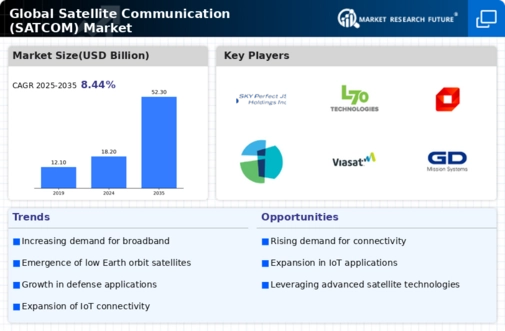
 Source Secondary Research, Primary Research, Market Research Future Database and Analyst Review
Source Secondary Research, Primary Research, Market Research Future Database and Analyst Review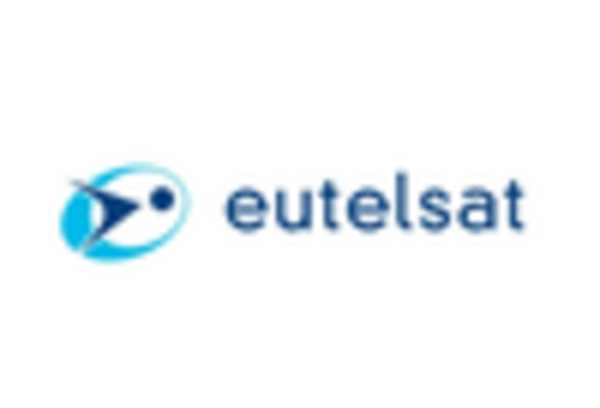
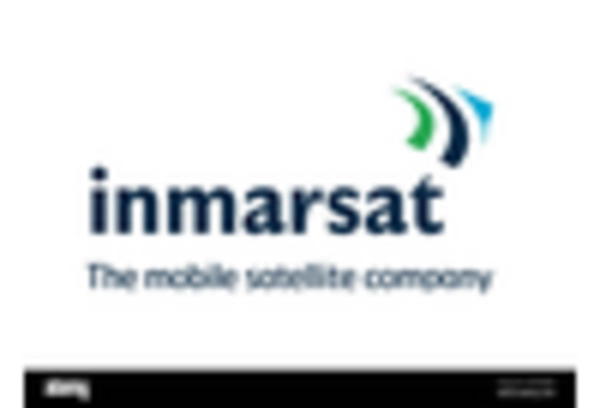
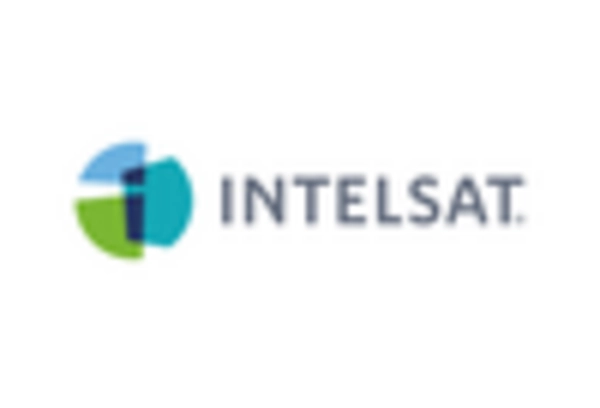
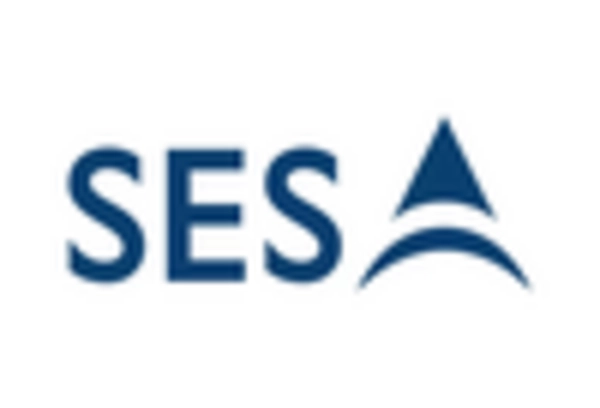

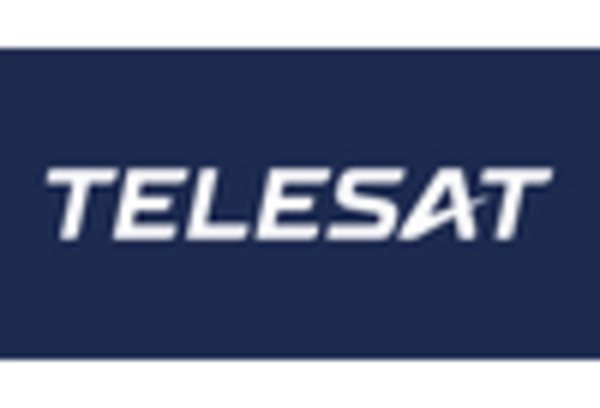

Leave a Comment